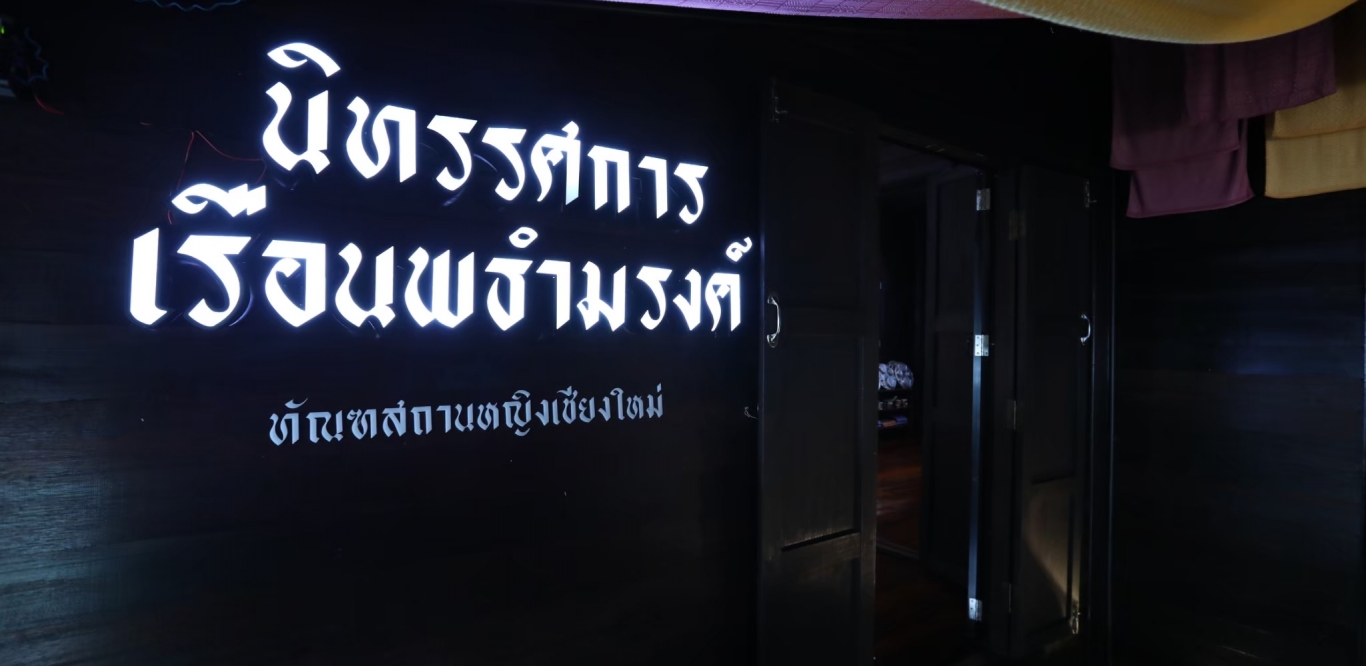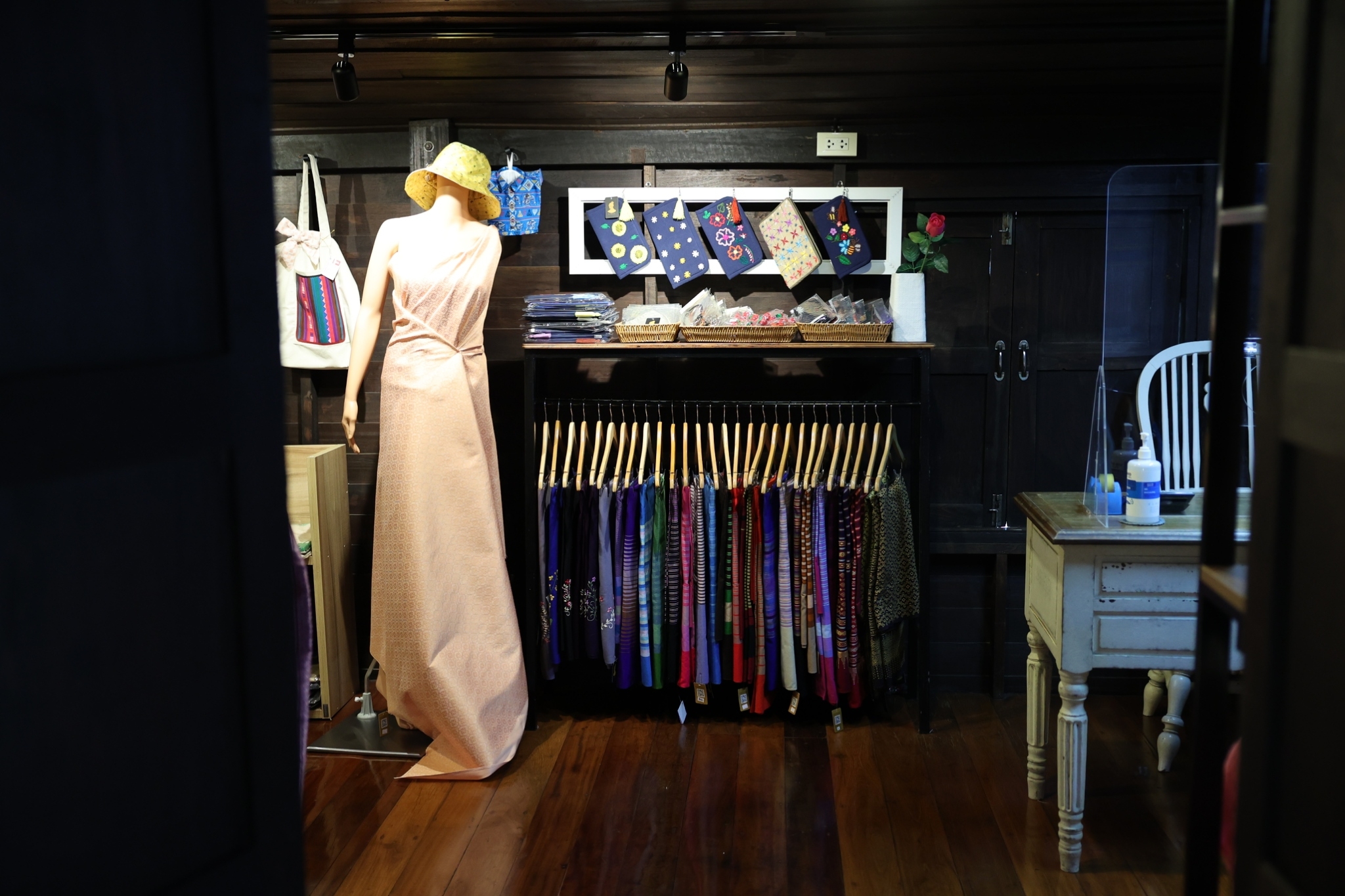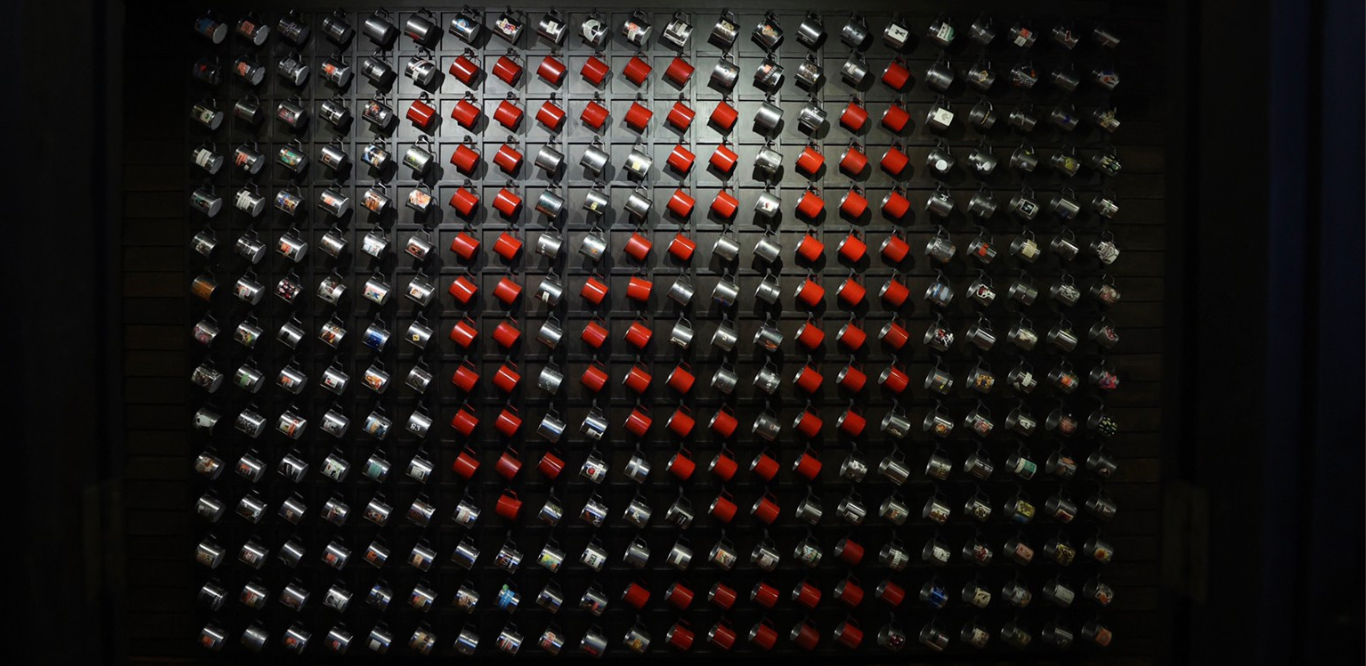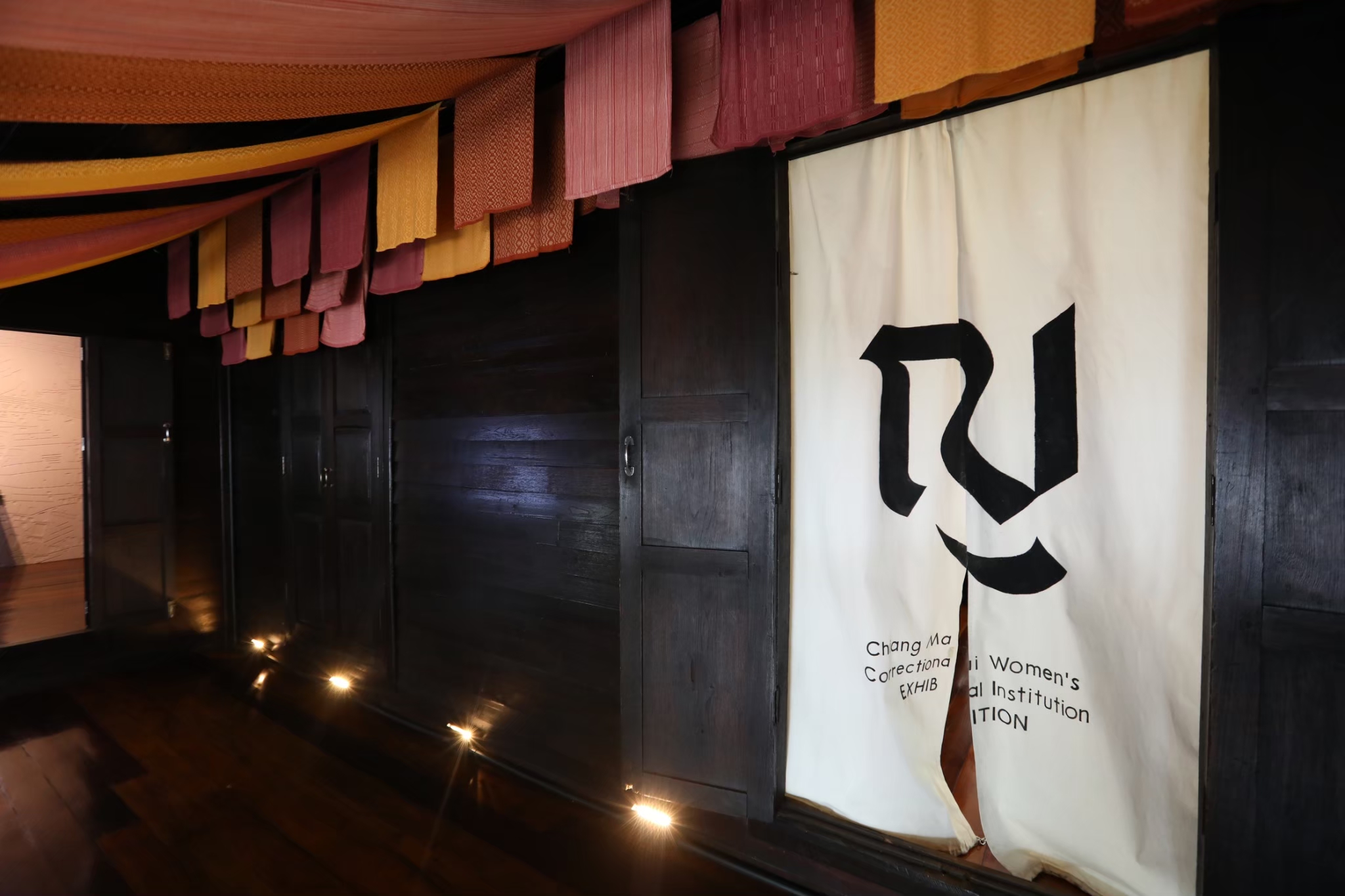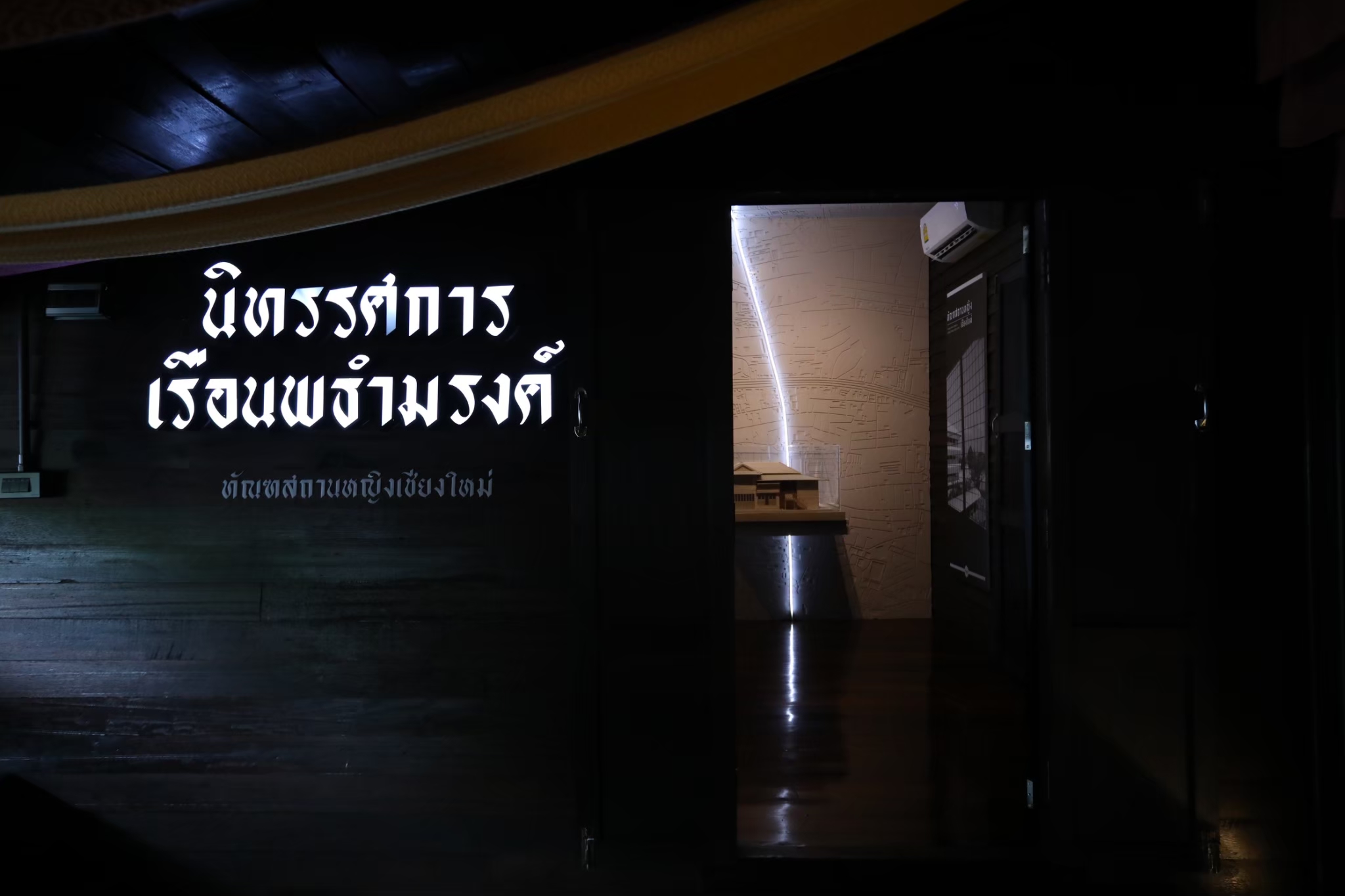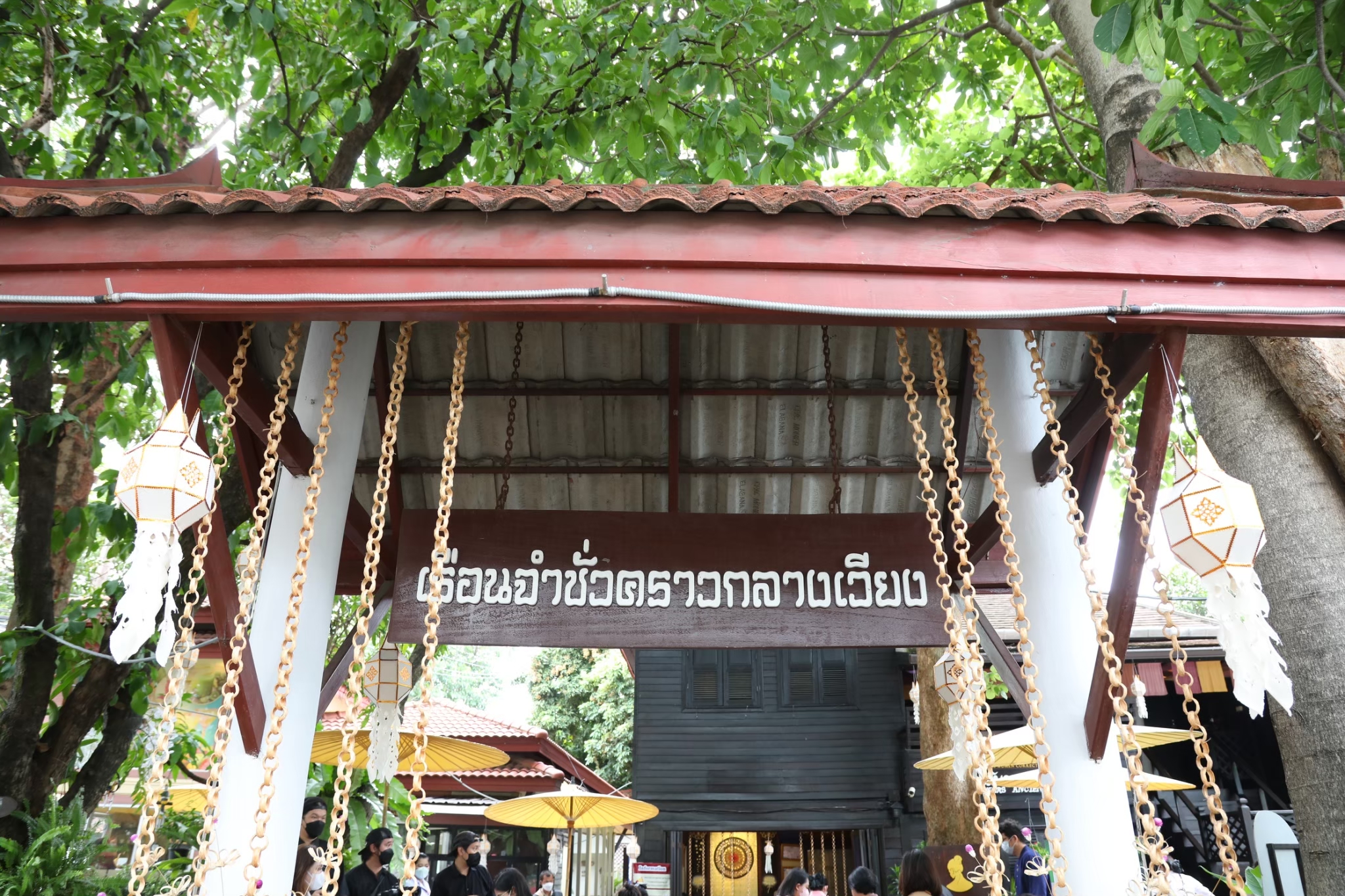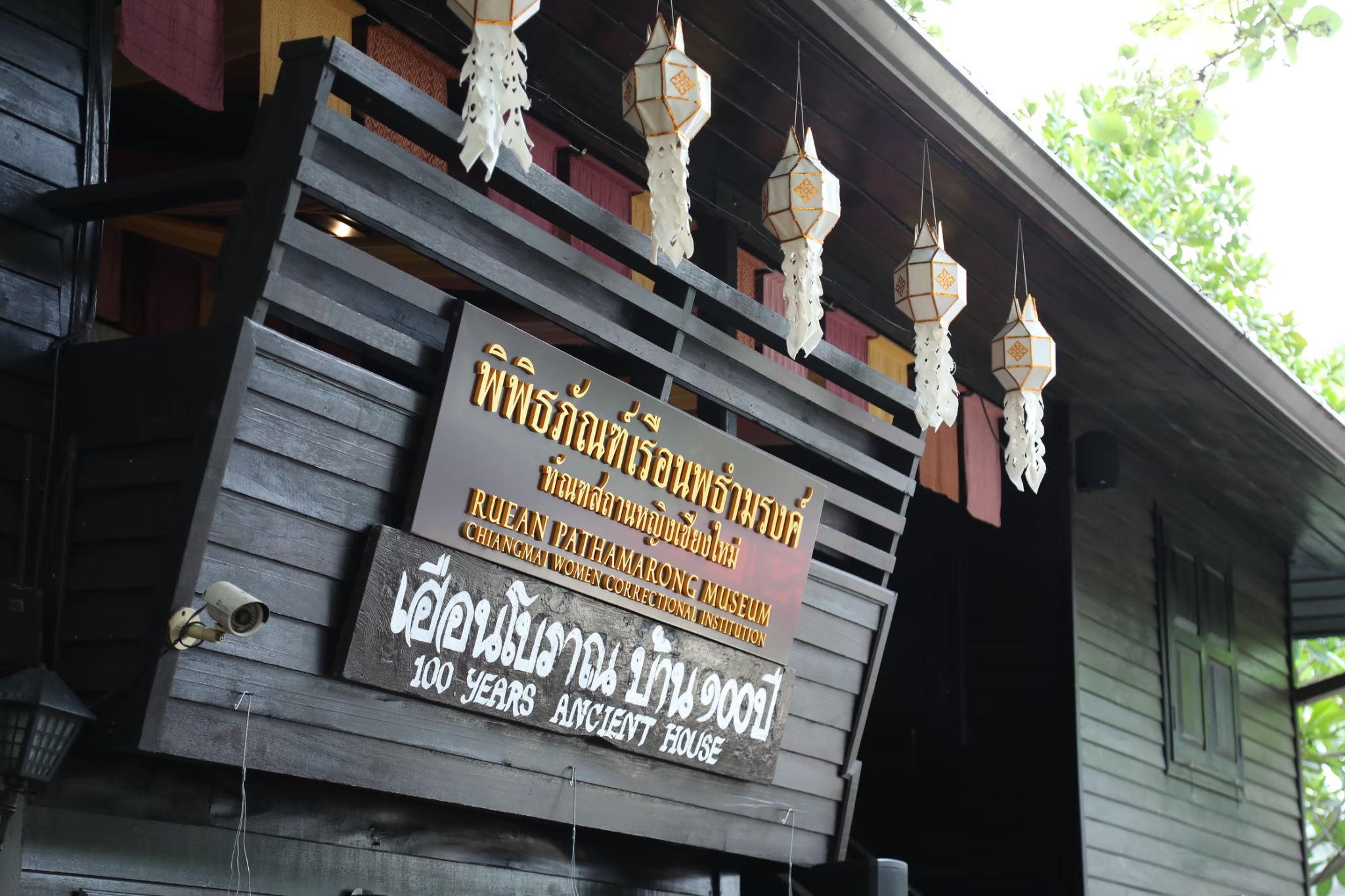From Dark to Light: The Ruean Pathamarong Museum
Nestled in the very heart of Chiang Mai, in a shaded and peaceful plot at the cultural center of the ancient city, sits a century-old house. Built in 1914, the Reaun Pathamarong once housed the Warden of the old Chiang Mai Prison. Today, this 108-year old house is the first of an exciting new chapter, not only for this historic and storied site at the heart of this equally ancient city, but also a different, fresh and visionary approach towards prisoners, corrections, and the physical structures and environment surrounding criminal justice and punishment.
The Ruean Pathamarong Museum, officially opened on the 11th July 2022, marks the first phase of a landmark collaboration between the Thailand Institute of Justice, Chiang Mai Central Women’s Correctional Institution, and the Faculty of Architecture, Bangkok University. While the Museum is not the first correctional museum, it is however the first of its kind; one which inverts the traditional focus on punitive measures and the system of corrections, and instead centers the people at the heart of corrections, prisoners; their stories, lives, struggles, and skills. The Museum reflects, both physically and philosophically, the shift from punishment to rehabilitation, something which TIJ has been a strong advocate for. Leveraging this background, TIJ was able to combine this expertise with the skills and capabilities of Bangkok University and their knowledge base in various principles of design, bringing BU Architecture students inside correctional institutions so that they may better understand the experiences of the women inside and translate them more faithfully in the design of the space, and work alongside a receptive Women’s Correctional Facility to create this project, one which we hope to be a pilot for future development and growth.
In working on this project, two main themes were intertwined in what BU, TIJ and Chiangmai Women’s Correctional wanted to communicate to visitors and to guide our combined outputs. First was “From Dark to Light”, which is reflected in the tonal and design choices made within the museum itself, with the beautifully restored dark hardwood building bringing the darkness and depth, but with the display rooms getting gradually brighter and brighter as the visitor makes their way through the building. Secondly, but in no way inferior to the first, was the theme of ‘From the past, to the present, and into the future’. This philosophy is translated directly into the manner in which the museum displays are laid out.
Upon entering the very first room, one is given a brief overview of not only the building, but also of the story of correctional facilities within Chiangmai, dating from the early 20th century to the present, including the development of the women’s correctional from a single wing to a more modern purpose-built facility in Amphoe Mae Rim. The room itself features a beautifully detailed model of the building, and an equally intricate light display and model of the particular quarter of town which contrasts elegantly with the dark wood walls, starting the interplay between the dark and the light. The next room is perhaps the heaviest hitting. Decorated with real personal items from the formerly incarcerated that they once used inside, including trays, slippers, and metal cups, the room features some of the stories the team behind the museum heard as they conducted their research. Stories of women abused by violent partners, of misplaced trust in someone they thought was a second mother, of being used, while pregnant, as cover for their boyfriend’s drug-running, brought to life through both visual and audio displays. These are only some of the stories of women behind bars, a handful out of thousands, but each equally as tragic. They tell not of hardened criminals or horrible persons, but of people who have made mistakes, people who have been placed in horrible positions, with few choices, or options, sometimes none at all. When viewing the room, reading and listening to the stories, one is reminded that everyone behind bars is not so different from the people outside, each with their own stories, their hopes, their dreams, their struggles. Each who has made a mistake at some point in their journey, a mis-step. One is made to question whether they deserved to be imprisoned for the duration of their sentences, and furthermore, whether the often permanent stigma around words such as ‘offender’ or ‘formerly incarcerated’ should continue, especially in light of such information. As one progresses through to the next room, more information is provided to visitors on the Bangkok Rules and their creation, a momentous step in the standards for the treatment of women in prison, and also the role played by HRH Princess Bajrakitiyabha in both advocacy for the Bangkok Rules, but also in improving the living conditions for women in prison across Thailand.
It is there that visitors will see what is arguably the centerpiece display of the museum; the wall of cups. Upon entering prison, every newcomer is issued a stainless steel cup for personal use. These cups soon sport all kinds of decorations, a little reminder of the individuality and personality of each prisoner; stickers, clippings from newspapers, names and messages written down, both to prevent misappropriation by others but also to state clearly a little bit of themselves in what few possessions they have inside. The team from BU have collected a host of such cups, each a story in and of themselves, and displayed them in contrast with a number of cups painted red, which arrange to form a ‘ญ’ on the wall, the character in the Thai alphabet for women, but with one mark inverted to symbolise the mis-step or mistake made, a single act which, just as it does with the alphabet, does not render the people who made such mis-steps in any way irreconcilable.
Continuing on from this, visitors will then enter a viewing room with videos detailing the reasoning, inspiration and process behind the creation of this museum, what the three main organisations behind it hoped to achieve, but also something from the prisoners themselves, their voices and faces speaking directly to the audience, bridging the gap between the ‘Present’ which was encapsulated in the exhibits in relation to Bangkok Rules and also the videos themselves, but also hinting at the ‘Future’ which the Museum and its environs seek to prepare those incarcerated for. The final display room is that of the various programs of skills and pre-release training, ranging from cookery, traditional arts and crafts, clothing, fabrics, and massage therapy. On display are some of the frankly spectacular outputs from these programs, which one can also find for sale in the shop as one finishes the tour, featuring a wide range of products including bags, clothes, accessories and others. This is not even mentioning perhaps one of the most crucial aspects of the Museum; the guides. All tours are accompanied by guides who are currently incarcerated women engaged in pre-release training and rehabilitation programs, who add their own perspectives and stories to complement those on display, bringing a real insight into what the experience of imprisonment is like, but also what those inside wish society would do to accept their return, and how they wish to be seen. In building the museum, the crux was always on the people involved, those incarcerated, and the presence of these guides adds a wealth of human experience and a personal dimension to the displays.
When visiting the Museum, one can not only learn more about the story of a historic building, and also the stories, experiences and hopes of women in prison, but also enjoy a number of other excellent goods and services, and all for the cause of helping the journey towards rehabilitation of people, women no different to each of us, who have made a mistake. The café and restaurant serves excellent fresh coffee, decadent desserts including gorgeous fudge brownies, and a lovely Khao Soi noodle. The lower floor of the museum building houses an extremely reasonably priced spa, of which the Director of the Women’s Correctional is very proud given its status as TripAdvisor Certificate of Excellence winners 5 years running, where one can enjoy a lovely message. As with the museum, all staff at the cafe and spa are current inmates who are undergoing training and rehabilitation programs in preparation for release, and they are without a doubt extremely capable and skilled at the services they offer.
This historic plot coexists therefore three elements, the past glories of a historic and storied house, the presently extensive facilities, but also future plans which build upon these foundations towards something truly unique. Just as the Museum has the principles of Past, Present and Future, the project itself has future plans for growth and development that will prepare inmates for release and rehabilitation into society, for their future, in a way not yet implemented anywhere else in Thailand. BU have furnished a design for an ‘โอกาสถาน’ or ‘House of Opportunity’, an open prison which will allow women engaged in the work programs to be able to stay on-site rather than return to the Women’s Correctional, to be able to gain a sense of normalcy and socialisation in a safe, accepting and comfortable environment, to continue their rehabilitation in a much more permissive environment, but also one in which society itself can interact and adjust their own perceptions from stigma to acceptance. As TIJ, BU and Chiangmai Women’s Correctional have worked together to restore the past, built and improved upon the present conditions and programs for women, we also aim to sustain this momentum and leverage it into building a beautiful future model program and conditions for the rehabilitation of those who have mis-steped, and to help them build their own futures, together.
21/06/2023



